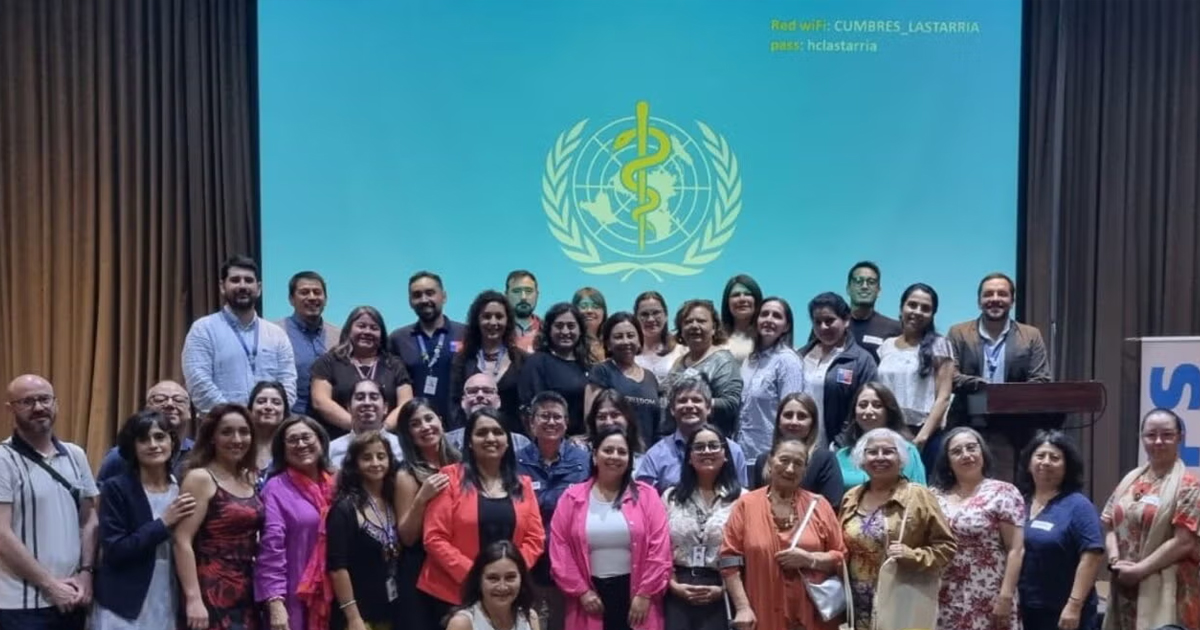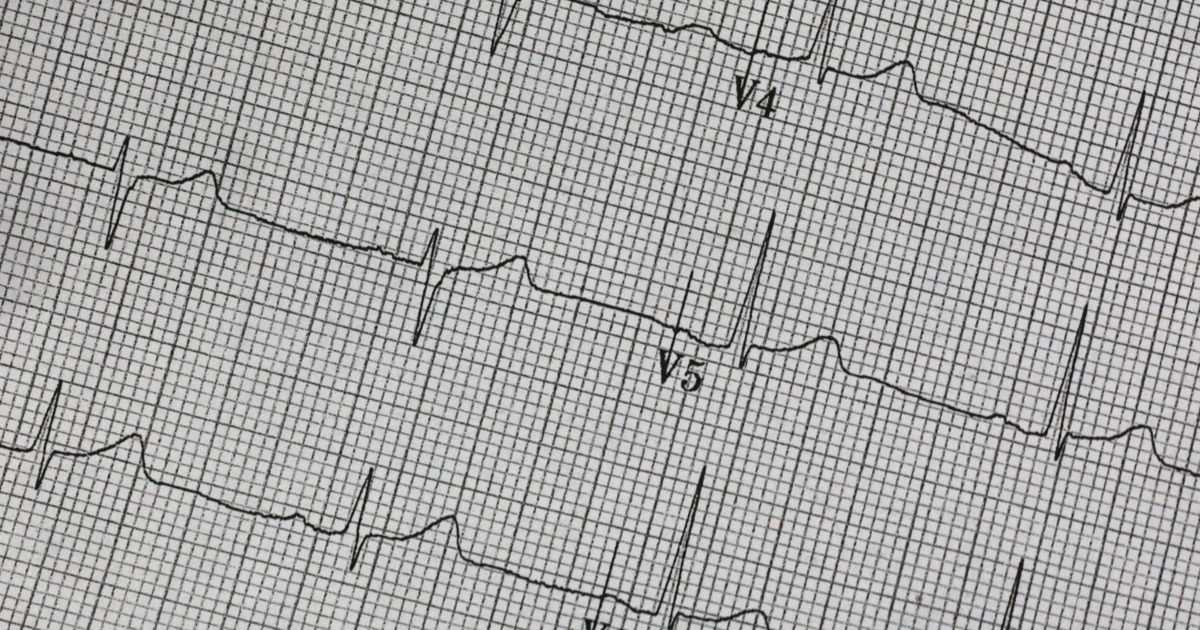The Pan American Health Organization (PAHO), publicó un análisis sobre la implementación de sistemas de telemedicina en el continente americano.
El documento titulado “Barreras y facilitadores a la implementación de la telemedicine en las Américas”, presenta un análisis de la situación actual de la telemedicine en América; los logros en la materia en las últimas décadas; desafíos y objetivos ante la nueva normalidad tras la pandemia; las lecciones aprendidas; y las oportunidades de mejora.
“Se cubrieron aspectos académicos, de políticas públicas, normativos, asistencia hospitalaria y redes de conocimiento tanto del ámbito público como privado, con especial énfasis en la Región de las Américas”, explica el documento.
Entre los logros de la telemedicine en las Américas, los autores destacan la creación de las redes universitarias de telemedicine que han facilitado la conexión entre centros educativos, además de beneficiar a los sistemas locales y estatales.
También destacan la participación de los pacientes y su empoderamiento gracias a las tecnologías digitales para el cuidado de la salud, especialmente para la prevención y tratamiento de enfermedades, por ejemplo, durante la pandemia de COVID-19.
Otro de los avances identificados celebra la inclusión de la Digital Health en las agendas de Salud de Ministerios de Salud nacionales y locales. Así como el uso de las tecnologías para agilizar trámites relacionados con la prestación de servicios médicos.

En cuanto a las principales barreras identificadas para la adopción de la telemedicine en la región, estas se encuentran clasificadas en cinco categorías:
- Tecnológicas: que incluye estándares de certificación, infraestructura de tecnologías de la información y comunicación adecuadas y la interoperability.
- Humanas y Sociales: privacidad, seguridad integridad y confidentiality.
- Psicosociales y antropológicas: brecha digital, en cuanto a su uso y su acceso, cultura organizacional, capacitación de profesionales, investigación de necesidades reales y formación de estudiantes.
- Gobernanza: licencias y matriculación, vacíos, grises y colisiones normativas, y la promoción de leyes y reglamentación que fomenten y favorecen el uso de telemedicine.
- Económicas: falta de datos y metodologías de evaluación financiamiento de servicios.
En cuanto a las lecciones aprendidas durante la pandemia, los autores explican que la cooperación y colaboración tanto entre instituciones como entre profesionales es clave para la implementación de estrategias de telemedicine. “La transformación del mundo cotidiano es más función del comportamiento y cambio en la cultura, que de la tecnología”, explica el documento.
La redacción de las opiniones y el análisis del documento contó con la participación de especialistas de organizaciones y organismos como: la PAHO; el Centro Nacional de Excelencia Tecnológica en Salud, de México; el Hospital Italiano de Buenos Aires; el Banco Interamericano de Desarrollo; el Ministerio de Salud de la Ciudad de Buenos Aires; Salud.uy, de Uruguay; la Universidad de Sao Paulo, Brasil; la Red Centroamericana de Informática en Salud; la Universidad Continental, Perú; la Universitat Oberta de Catalunya, España; la Rede Nacional de Ensino e Pesquisa; así como un consultor internacional de Colombia.
You can consult and read the full document at the following link: https://iris.paho.org/bitstream/handle/10665.2/54981/v45e1312021.pdf?sequence=1&isAllowed=y







